- Osteochondritis Dissecans of the Knee
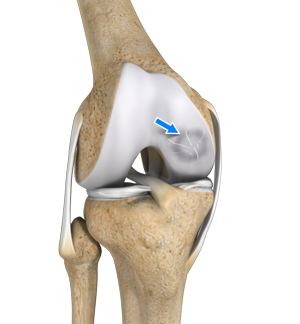
Osteochondritis dissecans is a joint condition in which a piece of cartilage, along with a thin layer of the bone separates from the end of the bone because of inadequate blood supply.
Know More - Meniscal Tears

A meniscal tear is a common knee injury in athletes, especially those involved in contact sports. A sudden bend or twist in your knee causes the meniscus to tear.
Know More Launch Movie - Pediatric ACL Tears
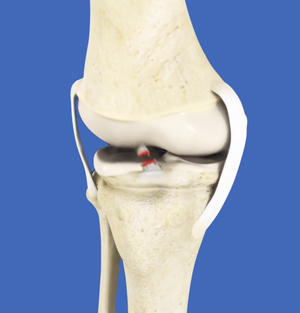
The anterior cruciate ligament (ACL) is a ligament that provides stability, reduces stress and prevents the knee from rotating or slipping out of position while jumping, running and landing.
Know More - Patellar Instability/Dislocation

Any damage to the supporting ligaments may cause the patella to slip out of the groove either partially (subluxation) or completely (dislocation). This misalignment can damage the underlying soft structures such as muscles and ligaments that hold the kneecap in place.
Know More - Pediatric Tibial Tubercle Fractures
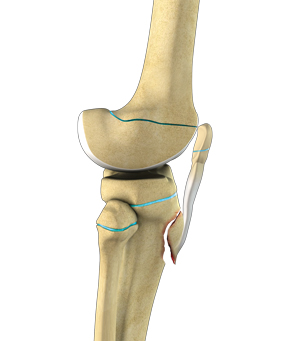
Tibial tubercle fractures are quite rare occurrences that typically affect physically active adolescents between the age of 14 and 17.
Know More - Knee Pain

Knee pain is a common condition affecting individuals of various age groups. It not only affects movement but also impacts your quality of life.
Know More Launch Movie - ACL Tears

The anterior cruciate ligament (ACL) is one of the major ligaments of the knee. It is located in the middle of the knee and runs from the femur (thighbone) to the tibia (shinbone).
Know More - Meniscal Injuries

Meniscal tears are one of the most common injuries to the knee joint. It can occur at any age but are more common in athletes involved in contact sports.
Know More - Knee Injury

Pain, swelling, and stiffness are the common symptoms of any damage or injury to the knee. If care is not taken during the initial phases of injury, it may lead to joint damage, which may end up destroying your knee.
Know More - MCL Tears
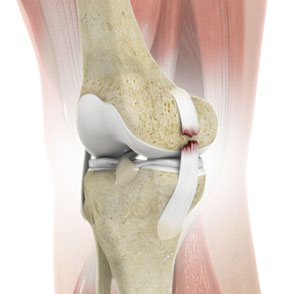
The medial collateral ligament (MCL) is the ligament located on the inner part of the knee joint. It runs from the femur (thighbone) to the top of the tibia (shinbone) and helps in stabilizing the knee.
Know More - Knee Ligament Injuries
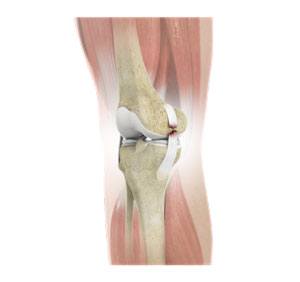
Ligaments are tough bands of tissue that connect one bone to another bone. The ligaments of the knee stabilize the knee joint.
Know More - Patellofemoral Instability
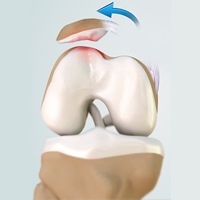
Patellofemoral instability means that the patella (kneecap) moves out of its normal pattern of alignment. This malalignment can damage the underlying soft structures such as muscles and ligaments that hold the knee in place.
Know More Launch Movie - Patellar Tendon Rupture
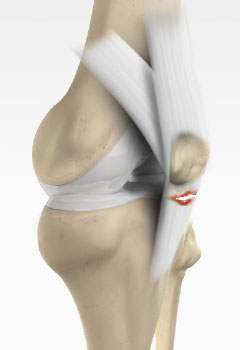
The patellar tendon works together with the quadriceps muscle and the quadriceps tendon to allow your knee to straighten out. Patella tendon rupture is the rupture of the tendon that connects the patella (kneecap) to the top portion of the tibia (shinbone).
Know More - Articular Cartilage Injury
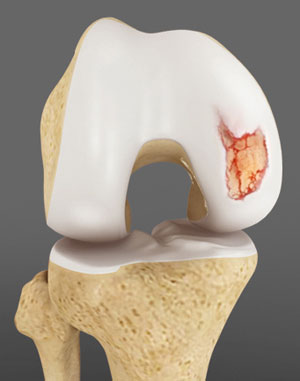
Articular or hyaline cartilage is the tissue lining the surface of the two bones in the knee joint. Cartilage helps the bones move smoothly against each other and can withstand the weight of the body during activities such as running and jumping.
Know More - Knee Sports Injuries
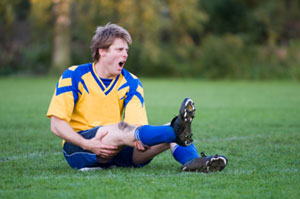
Sports trauma or sports injuries refer to injuries caused while playing indoor or outdoor sports and exercising. Sports trauma can result from accidents, inadequate training, improper use of protective devices, or insufficient stretching or warm-up exercises.
Know More - Chondral or Articular Cartilage Defects
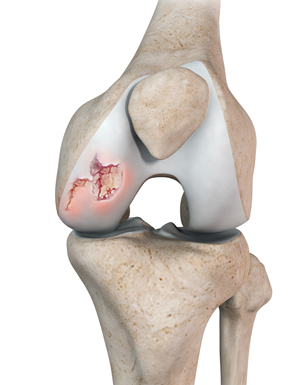
The articular or hyaline cartilage is the tissue lining the surface of the two bones in the knee joint. Cartilage helps the bones move smoothly against each other and can withstand the weight of your body during activities such as running and jumping.
Know More - Patellar Dislocation/Patellofemoral Dislocation
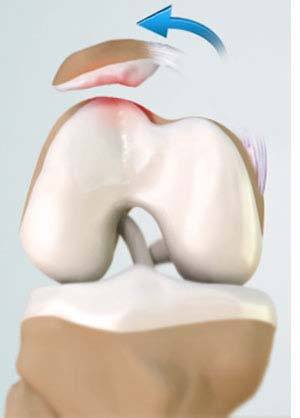
Patellar dislocation occurs when the patella moves out of the patellofemoral groove, (trochlea) onto the bony head of the femur. If the kneecap partially comes out of the groove, it is called subluxation; if the kneecap completely comes out, it is called dislocation (luxation).
Know More - Meniscus Root Tear

Meniscal root tears are characterized as soft tissue or bony root avulsion injuries or radial tears located within 1 cm of meniscus root attachment.
Know More - Women and ACL Injuries
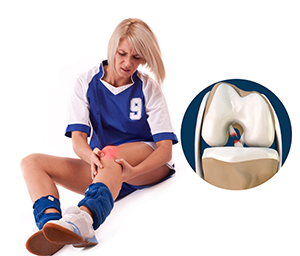
Women have a smaller ACL, a wider pelvis and an increased incidence of inward knee pointing.
Know More - Multiligament Knee Injuries

Multiligament knee injuries may be mild or severe. Mild sprains do not damage the stability of the joint. A tear in the ligaments may be partial or complete.
Know More








